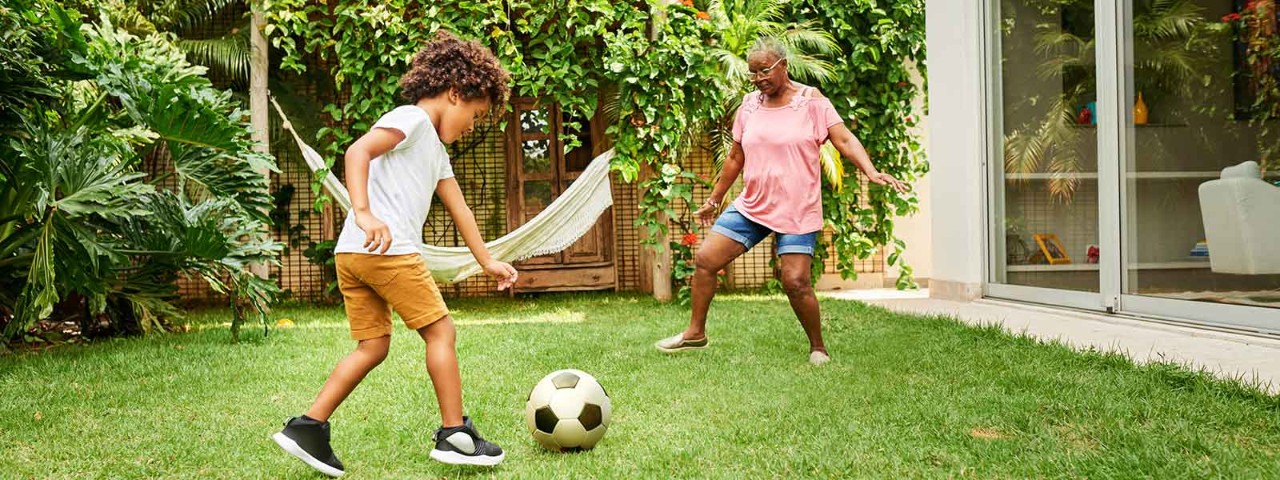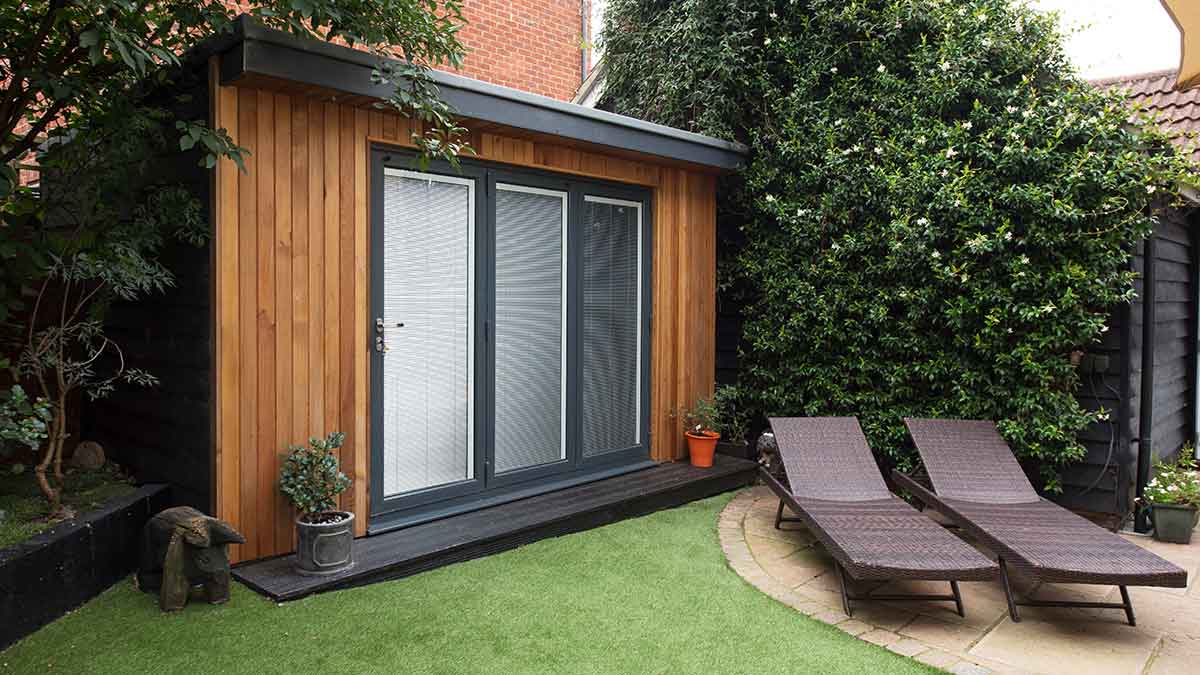Regular tree trimming is essential for tree health and property safety. Here's what you need to know about trimming and pruning your trees, especially before storm season.
How to choose between natural and artificial grass

Having trouble deciding what will be the best look for your lawn? Consider these five key factors.
Spring is the best time to lay down your lawn. With balmy evenings drawing closer, it’s an ideal window to make sure your grass is lush in time for the outdoor entertaining season.
But how do you know whether to put down roots of real grass or roll out artificial turf? With considerations like upkeep, cost and aesthetics, the choice is as individual as the gardener themselves.
To help you decide what’s best for your yard, consider these important factors before deciding whether to lay out, or roll out.
Is natural or fake grass better?

Those looking at artificial grass may like it for its aesthetics and low maintenance, although others may prefer the natural environment that real grass brings. Image: Getty


